Does ‘Downward Dog’ cause you wrist pain?
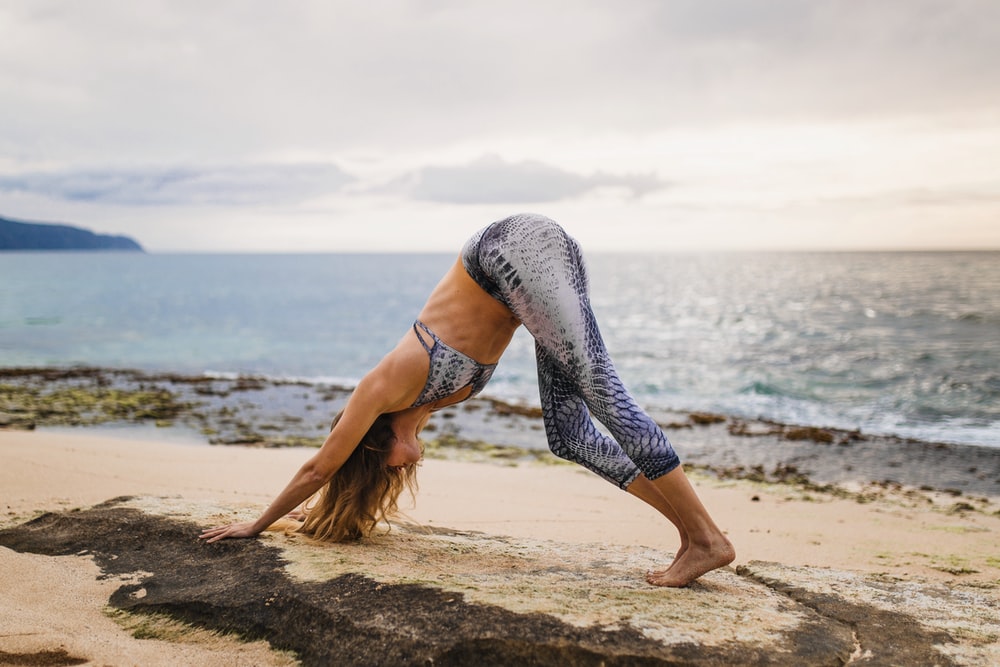
Interesting fact… those of us who are naturally flexible often gravitate to doing things that require flexibility like gymnastics and Yoga. Being flexible isn’t the same thing as being strong. In fact, those of us with ‘Hypermobility’ (excessive joint movement or ligament laxity) often have unstable joints. An unstable joint cannot be its strongest self!
As yoga gains increasing popularity as an excellent way to maintain fitness and flexibility, some of us in particular the “flexible ladies” find ourselves being limited by wrist pain in holding some of the weightbearing poses such as ‘Downward Dog’ or even doing a ‘Push-up’ in the Gym or a ‘Plank’ at Pilates.
There are 2 areas of the wrist that commonly are painful with weight bearing.
The first is at the base of the thumb and the second is the little finger side of your wrist (called the Ulnar side).
Pain at the base of your thumb can be related to early Osteo Arthritis. This is very common in women 50 years or older.
The pain on the Ulnar side of the wrist is often related to a ligament called the Triangular Fibrocartilage complex or TFCC. This is a weightbearing structure that thins with age or is easily injured with sports or after a wrist fracture.
There are 2 simple devices that can assist with this problem.
For pain at the base of the thumb there are special gloves called WAGs that have a wedge-shaped pad that takes load off the base of your thumb.
For pain on the Ulnar side of the wrist there is a soft wrist support called a ‘Wrist Widget’.
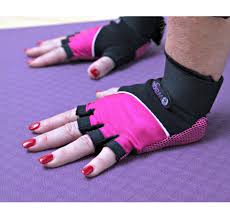
Practitioners of Hand Therapy can assess the suitability of these for your situation and fit these for you to help reducing pain with weightbearing.
Some other Tips your Practitioner of Hand Therapy can teach you specific to weightbearing during your chosen activity are listed below.
Your Shoulder and Elbow stability & strength is key to protecting your wrists….
When weightbearing on your hands remember to……
- Squeeze your shoulder blades together. Don’t let your shoulder move forward as this puts more load on your wrists.
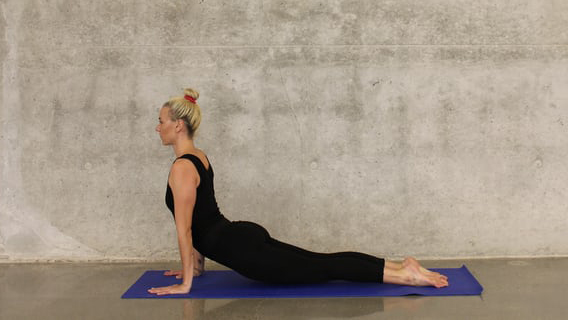
- Don’t let your elbows hyper extend. Maintain a ‘micro’ bend in your elbow joints.
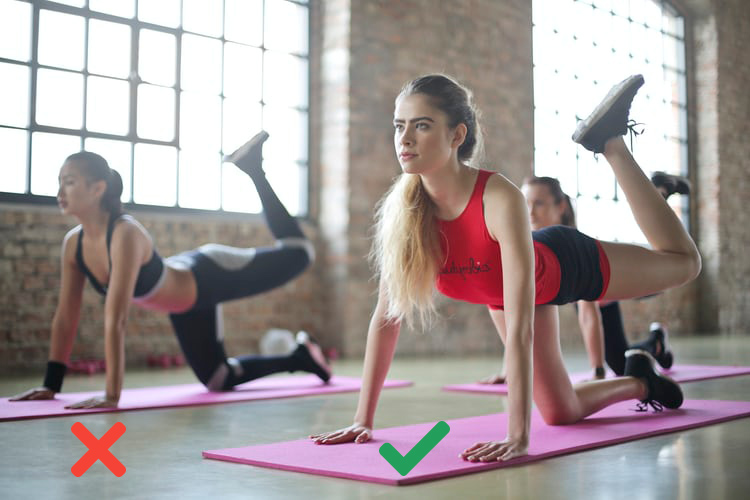
- Keep your palm flat, engage all fingers actively. Place equal weight from little finger → index finger. Don’t allow the thumb side of the hand to lift up.
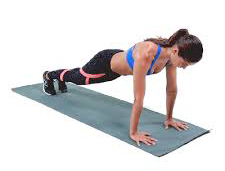
- Activate your fingertips with a ‘clawing’ action.
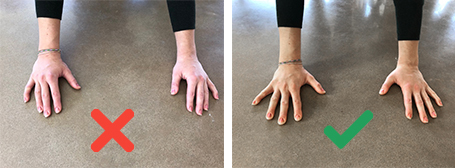
- Think about pushing away from the surface not leaning into it.
- Avoid weightbearing on a bar such as the reformer bar in Pilates or doing a Push-up on a bar in the Gym. A flat surface is better as it has more surface area to distribute load through the hand and wrist. Alternatively consider weight bearing on your forearms instead. This activates the stabilising muscles in your shoulders.

- The wrist is more stable when you weight bear with the forearm in a neutral position. This especially helps with Ulnar sided wrist pain.
If you would like to make an appointment to find out more on how to prevent wrist pain, please call or email us, and our Hand Therapists would love to give you further advice.
This blog has been written by Jane Aarons.